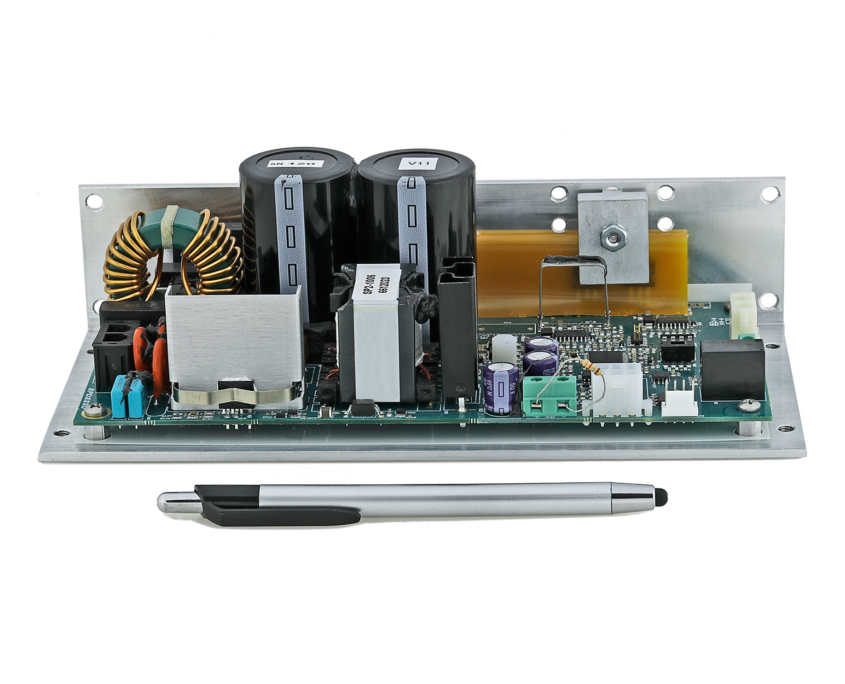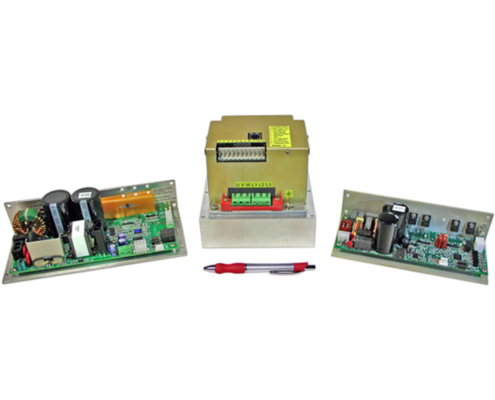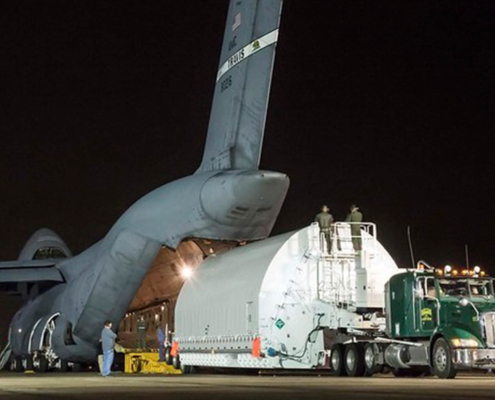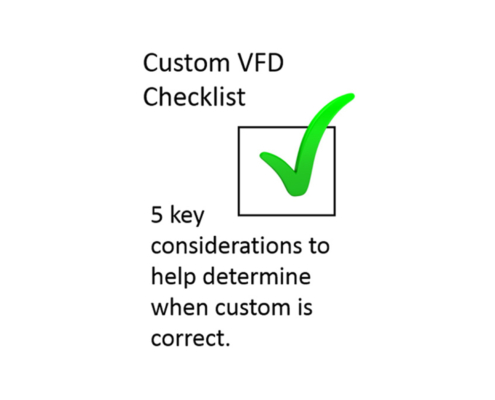There are 5 critical variable frequency drive (VFD) limitations that should be considered when selecting the proper VFD for motor speed control applications.
A VFD is an electronic circuit that controls the speed of an electric motor by adjusting both the voltage and the frequency applied to the motor. Prior to VFDs, motor speed was controlled through inefficient voltage regulators (think light dimmer switch!) or mechanical means – pulleys, gears, or transmission systems. The original VFDs filled large cabinets and were unreliable. Today, VFDs are smaller than a shoe box, reliable, and are used in almost all industrial applications, pumps, fans, conveyors, machining, compressors, etc. VFDs can also be employed on linear motors to generate vibration, which is often critical in “shaker machines” used in product separation and packaging. However, VFD’s are not miracle workers and there are important limitations. If you are already using VFDs or are considering their use for the first time, these limitations should be considers. Learn more facts about VFDs in my paper 5 Basic VFD Facts.
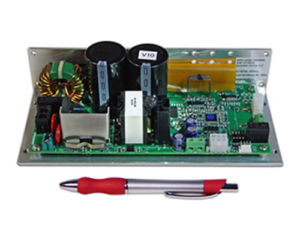
A VFD can make a motor run slower than rated speed, however a major point of consideration at low speed is cooling. A typical electric motor is cooled by a fan on its shaft; at low speed the fan moves less air and at some point the motor will over heat. This is generally not a problem with centrifugal loads such as fans, pumps, and blowers because the torque required by the load drops drastically with decreasing speed. In this case, the motor is doing less work, and there is less waste heat to dispose of.
A VFD can drive a motor faster than its nameplate speed, however, above the rated speed, the motor looses torque (twisting force). At higher speeds, less and less torque is possible. The maximum continuous power (speed times torque) is limited by the motor design, therefore a VFD cannot deliver more power than which the motor is thermally capable.
A VFD can also make a motor more efficient, but only at reduced load and/or reduced speed. A drive system will not use less power when the motor is running at rated speed and rated load. In fact, it uses slightly more due to the losses within the drive.
A VFD can make a motor reverse without the use of contactors, but it can’t make the reversal faster than the combination of the motor’s max torque and the load’s inertia allows.
A VFD can make a motor produce more than its rated torque but only briefly. The amount of time is limited by either the drive’s overload capacity or the motor’s thermal capacity. A drive cannot make a motor produce more than its maximum torque. Max torque or Stall Torque is generally not shown on the motor’s nameplate. The iron in the motor can only sustain a certain amount of magnetic flux density, even if iron is driven harder, the flux density will not go up. The amount of torque a motor creates at the flux limit is the most torque that can be achieved.

